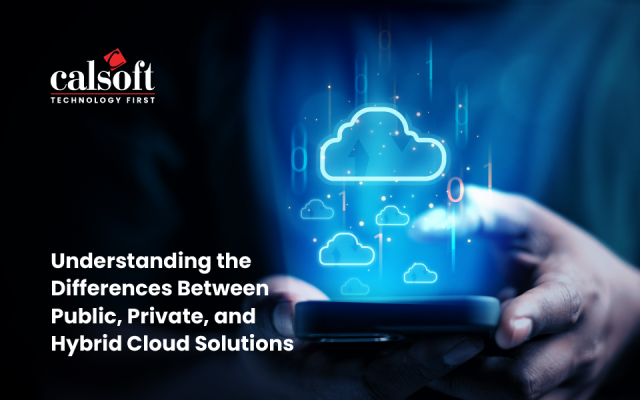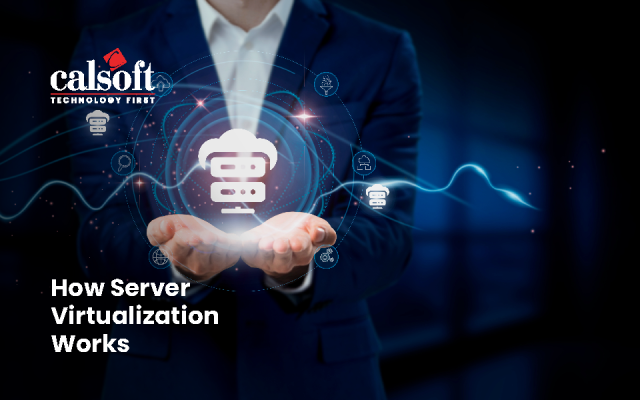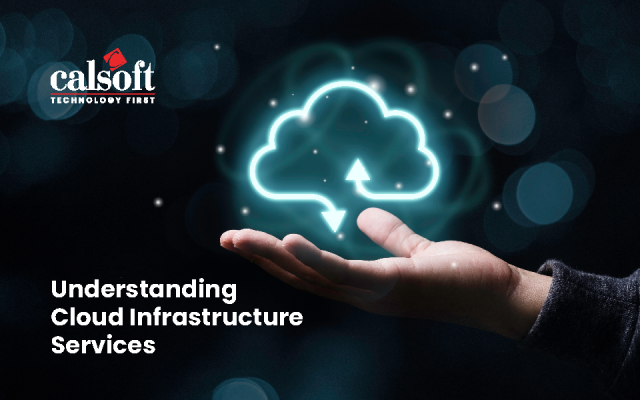Go-to-market (GTM) has become extremely important in today’s dynamic environment. As Jeff Bezos famously wrote in his shareholder letter, yesterday’s wow quickly becomes today’s ordinary. Customers have access to a wide range of choices. They will not hesitate to switch loyalty if your company fails to respond to their needs.
That’s why companies can no longer take years to develop a product. They have to respond to market needs quickly.
Today, most companies take just 4-9 months to develop a software product – from ideation to release.
And it’s no longer a one-time event. It has become a continuous process where the product team monitors the performance of the product, the feedback of customers, and keeps driving changes to the product. Speed in GTM has become more important now and VPs of Engineering must change their processes and build a culture for it accordingly.
Five Things VPs of Engineering Must Do to Accelerate GTM
1. Build an MVP
The first step to accelerate GTM is embracing a minimum viable product (MVP) approach. There’s no secret here. The norm today is to launch a product with minimum features instead of developing a complete product. The product will have very limited features and will likely focus on only the most crucial part of the value proposition for the user. For an engineer who was involved in building legacy products, this might seem odd. However, the MVP is beneficial for both the engineering team and the customers. Once a product with limited features is released, the product team can closely monitor the performance of the product, understand what customers have to say about it, and accordingly enhance the product. An MVP will give the engineering team clarity on what features should be added or eliminated and enhance customer satisfaction as they feel heard and included in the process.
Of course, this puts some added pressure on the product development team. How to convert an idea into a product, prioritize the features to be included in the MVP, define a scalable technology approach and build agility into the product development (more on that later) and release process are all significant questions for the VP of Engineering to answer.
2. Adopt an agile methodology
Adopting an agile methodology can enable product teams to increase the success rate of developing software and improve its quality by making it easier to iterate and release products. Product development teams must acquire the ability to iterate often, develop and test fast, and release quickly. In that way, the agile methodology reduces the time between ideation and launch of the product. As large, complex products get broken into smaller, iterative parts, the product team can develop, design, test, and launch the product quickly. This accelerates GTM. DevOps is like rocket-powered agile making the iterations, releases, and deployment continuous even beyond the merely iterative. Such approaches help the team to incorporate user feedback quickly without disrupting the customer’s experience. As the product is updated frequently based on customer feedback and other usage data, the product team can drive product evolution faster.
The VP of engineering faces a range of choices beyond just the approach. Accelerated development models call for greater sophistication in the product architecture, more complex technology choices, modified workflows and collaboration processes, and transformative cultural changes. Of these, the technology choices could prove quite overwhelming, and let’s touch on that next.
3. Use microservices
To accelerate GTM and leverage the full potential of accelerated development approaches, the VP of Engineering must make some complex technology choices to build flexibility, agility, and speed into the development process. For instance, they must consider shifting from monolithic architecture to microservices architecture. Microservices comprise small services that are built separately and that can be brought together to build large, complex software. Each of these small services addresses specific product elements. So, whenever a part of the product has to be updated, changes can be made only to that portion without having to update the whole application. This helps the product team to make quick iterations to the code without disrupting the customer’s experience. Microservices allows the product team to innovate and update the software continuously.
Technology choices such as microservices open the floodgates to a range of other transformative options for the product development team to tap. Containers are a natural fit for products that adopt microservices. Orchestrating containers with powerful technologies like Kubernetes and Docker Swarm adds even more flexibility and speed. Modernizing the product to make the most of such technologies is now becoming a major KRA for today’s VP of Engineering.
4. Automate the processes wherever possible
Speed is a double-edged sword. Given the heightened expectations of modern customers, the VP of Engineering needs to ensure that only high-quality products get released. However, manual testing processes are not only time-consuming but are also prone to errors at this accelerated pace. It could delay the go-to-market schedule and prove to be a costly launch if bugs are found later in the process. So, what can be done to strike a balance between quality and faster launch? The smart move is to carefully and strategically automate key elements in software testing. This will help improve test coverage while still delivering the pace that is needed.
Automated testing strategies are not easy to build for such complex processes, especially in the face of constant product evolution. The VP of Engineering must strike a crucial balance between priorities to drive the testing process forward.
5. Encourage collaboration between cross-functional teams
According to a Deloitte study, teams that collaborate accomplish 15% more than their peers. This is one of the foundations of approaches like DevOps. Collaboration helps bring together development, testing, and deployment to accelerate the go-to-market. Working in collaboration helps cross-functional teams reduce communication lapses, spot errors, and fix them quickly.
Considering that several teams such as developers, designers, product engineers, and testers are involved in the project, the VPs of engineering must foster a culture of collaboration.
Conclusion
As you may have sensed, accelerating the process of launching a product isn’t easy. This is why the smart VP of Engineering would do well to partner with an expert who has experience and expertise in end-to-end product development.
At Calsoft, we aid Independent Software Vendors and software companies build intelligent products quickly. We work in tandem with them throughout the process – from ideation, design and development, QA and testing, and deployment.
To know more about our offerings, contact us.






